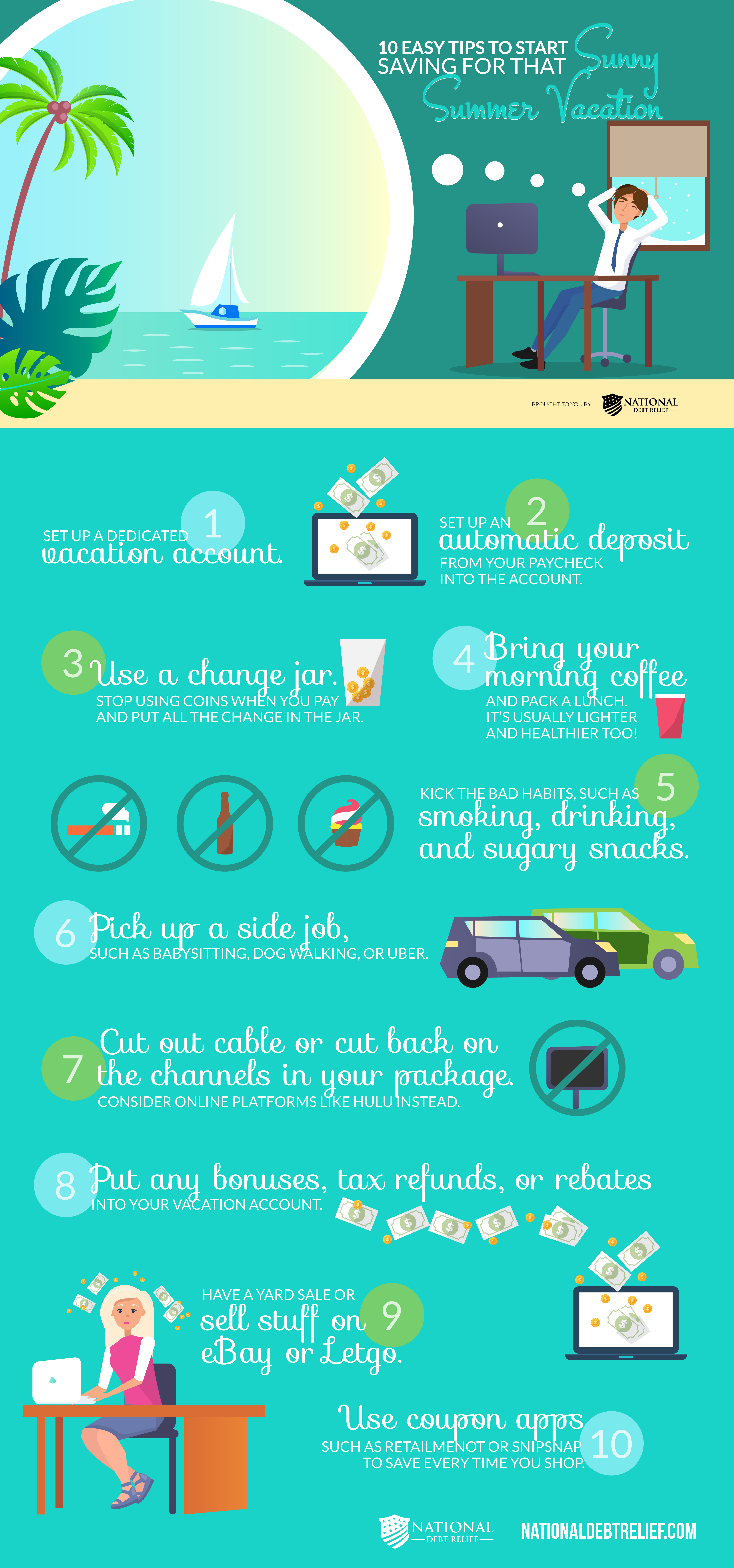Off the Grid is a barbeque truck with a Caribbean spin. The food selection includes classic American barbeque meals with a tropical spin such as ribs, poultry and pork belly. They also have a massive selection of cocktails and beer.
Licensed efficiency professional and University of St. Thomas faculty member Cindra Kamphoff, PhD, joins sports trainer Johnny Tauer for the Finding Onward event concentrated on durability and psychological wellness.
1. Reliability
With a focus on renewable energy sources and hybrid power systems, off-grid structures and neighborhoods can be largely self-dependent and reduce dependence on utilities. They are additionally a great choice for remote places and catastrophe action. Off-grid living is commonly a sustainable way of living and can be an affordable option for low- and moderate-income (LMI) households.
During a press conference today at Government House, the Office of Catastrophe Healing (ODR) supervisor introduced that the Virgin Islands Water and Power Authority has obtained approval from FEMA to change 2 generators on St. Croix and two on St. Thomas. The replacement project will include 4 nine-megawatt Wartsila engines and a battery back-up system.
The brand-new microgrid will be a focal point of the newly developed annex for Owens Scientific research Hall and will feature large roll-in bays for electric cars to plug into and be tested. The facility will certainly use expanded real-world chances for St. Thomas pupils, from undergraduates to graduate engineers, to establish the technology that will power a carbon-free grid for the 21st century.
2. Expense
The US Virgin Islands are familiar with vicious storms and a poorly-managed electrical grid. Yet also when the clouds clear, high property electrical energy rates make power performance upgrades and renewable energy investments not practical. The islands' low- to moderate-income families (LMI) pay electrical rates more than three times more than the national standard. Eco-friendly architect Doug White is mobilizing his multidisciplinary understanding and networks to assist alleviate the worry and boost island resilience.
Resolving his Rotary club, the St Thomas East Eco, White led a union that makes solar cost effective for LMI family members. Under the Share the Sunlight program, relative pay just 15% of the expense. The rest is paid by grants and donations.
The College of St Thomas has among the only student-focused microgrid research centers in the country. Pupils function together with teachers on advanced jobs, acquiring hands-on experience and training to form the future of power in the face of environment adjustment.
3. Eco-friendliness
Generally, off-grid buildings and neighborhoods utilize a combination of renewable resource resources to create their very own power. These include wind, solar photo voltaic, biofuels, batteries and pumped hydro storage space. Grid-connected buildings, by contrast, rely on coal and gas to create power.
The College of St. Thomas has among the country's premier applied proving ground in microgrid research study, where undergraduate and graduate students help establish technology and shape a new generation of clean power. The university additionally provides undergraduates chances to explore their own sustainability-focused research concerns through our Sustainability Scholar Research grants.
Locals of the island have suffered several difficulties from an inadequately taken care of electrical grid, including several days of power outages monthly. To minimize these obstacles, ESRAG participant Doug White launched the Solarize St. Thomas "Share the Sun" campaign to make solar electricity budget-friendly for reduced- and moderate-income (LMI) homes. He additionally secured Rotary environmental worldwide grant funding to bring solar fridges to LMI family members in Savan.
4. Safety and security
Since the terrorist assaults of September 11, 2001, safety and security areas have been established around cruise ships going into, leaving, and tied in the Port of Charlotte Amalie. These areas help ensure that cruise liner are secure from risks, and to safeguard individuals and residential property in the bordering communities.
The return on the financial investment at CMR might take decades, however the university's pupils will be its largest benefactors. They'll run tests in a brand-new high-voltage test party yacht rental georgia bay, welcome electrical automobiles into big roll-in testing bays, and grad as engineers the market wants to work with.
St. Thomas's advancement is drawing considerable government support. Greater than $40 million-- consisting of straight congressional appropriations and financial investments by the state of Minnesota and Xcel Energy -has actually been invested in study, courses, devices and first-rate facilities. This consists of the new 6,000-square-foot annex to Owens Scientific research Hall, which will offer the university the ability to independently power south university. Furthermore, construction will certainly start soon on a second purpose-built room to broaden the CMR's expanding team and its capacities.
